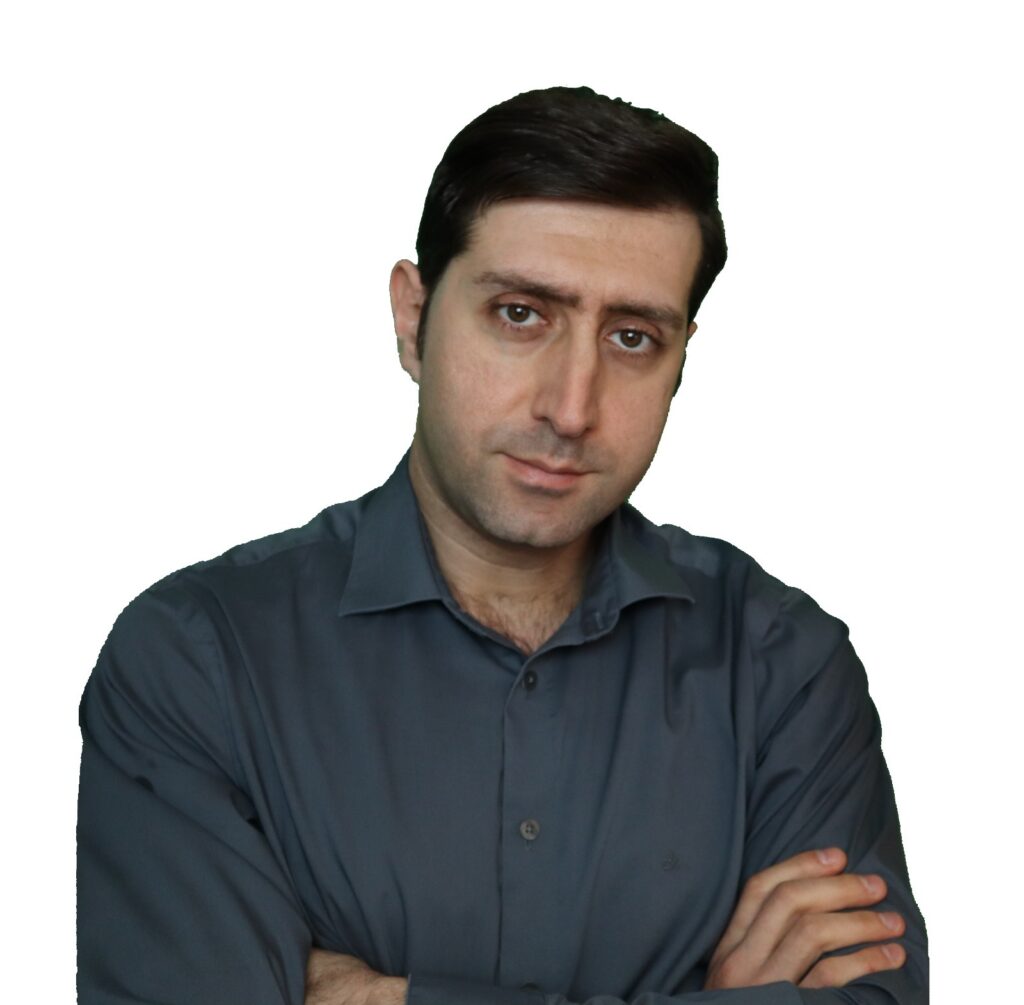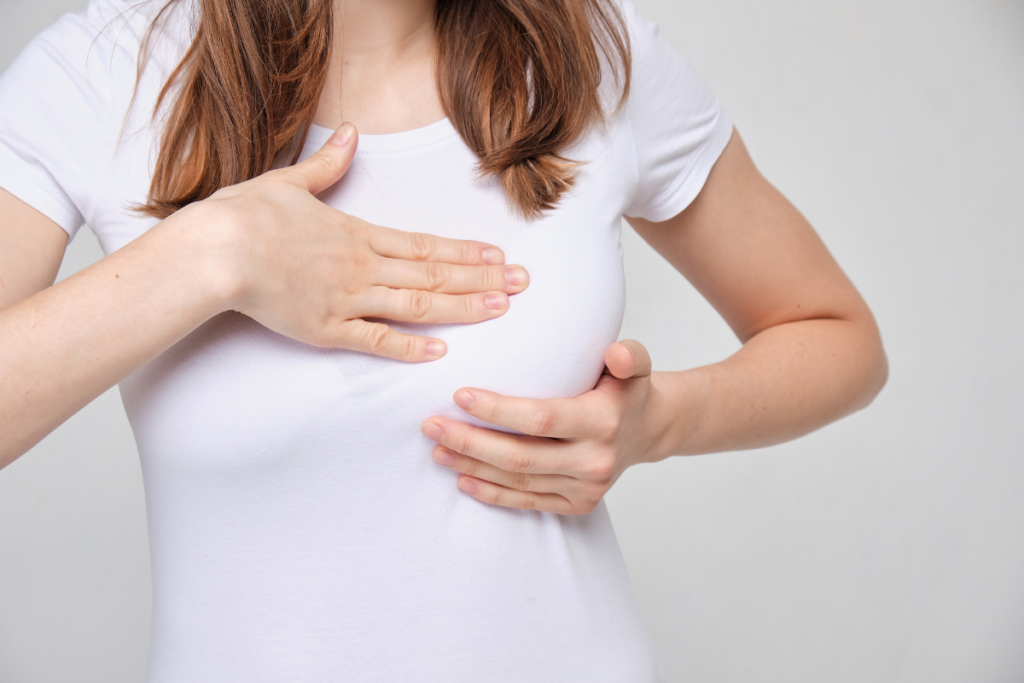Medical doctors and Surgeons
Mastodynia: When Breast Pain Affects Daily Life
Mastodynia, commonly known as breast pain, is a very common condition among women and can have various causes and manifestations. According to Dr. Federico Frusone, a breast surgeon from Rome, «Mastodynia, or breast pain, is defined as a painful or uncomfortable sensation in the breast, and it is an extremely frequent condition.» It is estimated that approximately seventy percent of all women will experience at least one episode of mastodynia in their lifetime.
Diagnosis and Differences in Mastodynia
Its diagnosis is based on a clinical approach that includes medical history, breast examination, and instrumental investigations. «The most commonly used exams to better understand mastodynia are initially the breast examination, palpation, and the medical history, which is essential for two reasons: first, to distinguish between the two main types of mastodynia, and second, to understand the fundamental causes that may lead to mastodynia».
Diagnostic tests include breast ultrasound, especially in younger women, and mammography in women over 40 years old. Additionally, blood and microbiological tests may be performed to rule out hormonal or infectious causes.

Cyclic and Non-Cyclic Mastodynia
Mastodynia is categorised into two main types: cyclic and non-cyclic.
«Cyclic Mastodynia primarily affects women between the ages of 18 and 40, so before menopause, and it is generally more accepted by patients because it is the most common. It occurs between the ovulatory phase and the menstrual cycle, and it is highly correlated with the physiological hormonal variations in the breast during the menstrual cycle».
In contrast, «Non-cyclic Mastodynia is more difficult to diagnose because it involves a combination of various conditions that usually affect women later in life. It often affects only one breast», adds Dr. Frusone.
Triggering Factors and Environmental Influences
The causes of non-cyclic Mastodynia can be diverse, including infections, trauma, or lifestyle factors. «The first thing to do is, of course, rule out puerperal mastitis in pregnant and breastfeeding women. Once this is ruled out, there is the broader category related to other factors. We need to exclude any trauma, even minor injuries, especially if the person engages in more intense sports.»

Another significant factor is the use of an ill-fitting bra, particularly in postmenopausal women. «This is especially true for women over 40, because postmenopause leads to changes in both the shape and size of the breasts.» According to Dr. Frusone, stress and environmental factors can also influence the intensity of the pain: «Many studies suggest that mental stress, particularly in the workplace, can lead to a condition of discomfort.» Dr. Frusone also emphasises the importance of conducting further tests to rule out a tumor, as tumors rarely cause pain.
Impact on Quality of Life
Breast pain can significantly impact women’s daily lives. «The main consequences of Mastodynia are especially on work and personal life, because breast pain, since it involves a secondary sexual organ, is often experienced with shame or guilt.»
Dr. Frusone adds: «Mastodynia, particularly in its cyclic form -i.e., associated with menstrual pain – is often hidden, and it leads to a series of defensive mechanisms to conceal this pain.»
Psychological Impact and Effects on Relationship Life
Mastodynia is often associated with stress because women «know that there will be days each month when they will experience this pain, which can last for one or two weeks. Open communication, especially in couples, is important – emphasizes Dr. Frusone – People often hide this pain to avoid bothering their partner, especially in relationships where communication is lacking, leading to a series of mechanisms in which they also hide socially.»
This condition can often lead to social isolation and emotional discomfort: «It creates a vicious circle that the doctor must be able to identify and interrupt, as it is one of the main mechanisms from which treatment begins », concludes Dr. Frusone.




































